If you’ve ever dreamed of harvesting rich, creamy avocados from your own backyard, you’re in for a treat. Avocado trees are not only rewarding to grow but also surprisingly easy to maintain when given the right care from the start. Two of the most beloved varieties among home gardeners — Fuerte and Aravaipa — are known for their exceptional flavor, adaptability, and resilience.
In this guide, inspired by the video “Five Easy Tips to Grow Strong Avocado Trees: Fuerte and Aravaipa Trees,” we’ll break down five simple yet powerful techniques that will help your avocado trees thrive year after year. Whether you’re growing them in your yard or in large containers, these tips will ensure strong roots, healthy foliage, and abundant fruiting.
Meet the Stars: Fuerte and Aravaipa Avocado Varieties
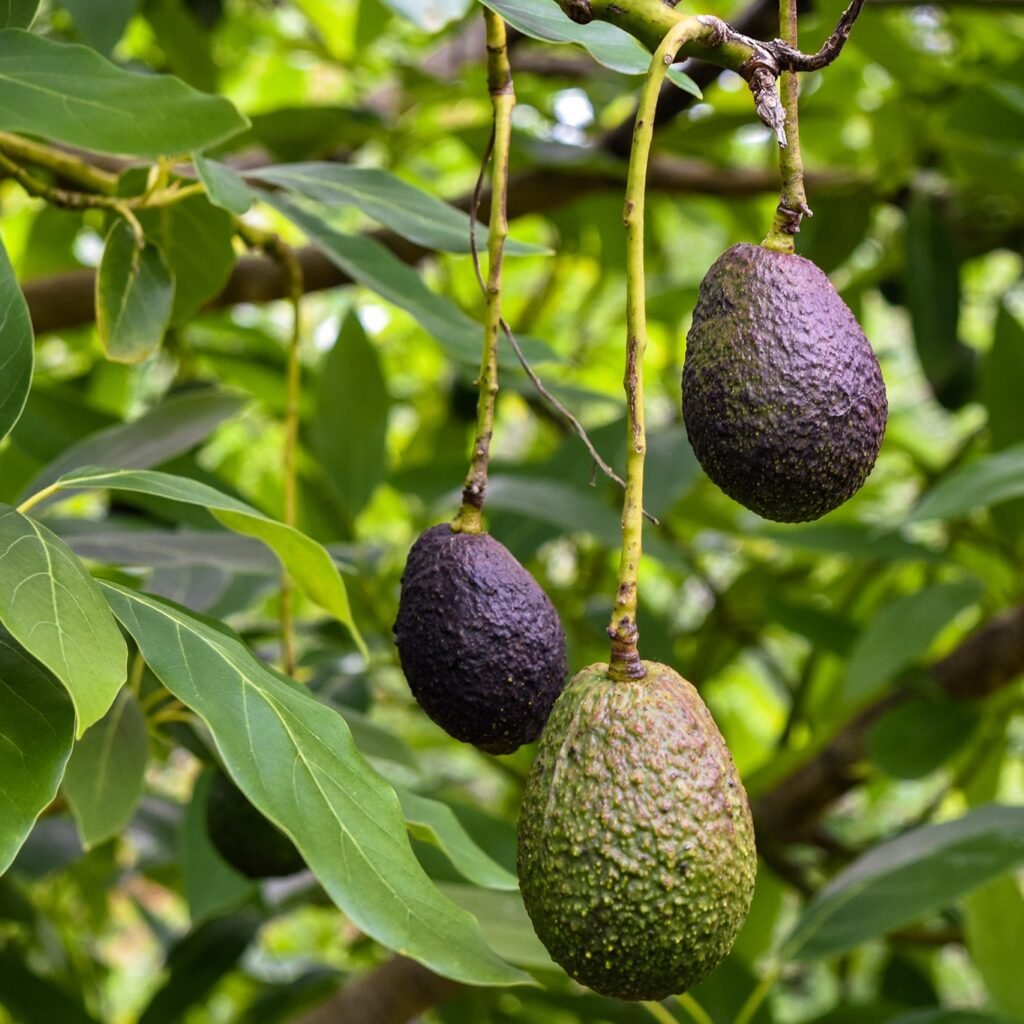
Before diving into the growing tips, let’s take a closer look at why Fuerte and Aravaipa avocados stand out.
Fuerte Avocado
- Origin: Developed in California, Fuerte is one of the oldest commercial avocado varieties.
- Type: Hybrid between Mexican and Guatemalan species.
- Flavor: Smooth, buttery, and slightly nutty — excellent for guacamole or slicing fresh.
- Tree traits: Strong branches, vigorous growth, and good cold tolerance (down to about 28°F / -2°C).
- Pollination: Type B flower — pairs well with Hass or Aravaipa for cross-pollination.
Aravaipa Avocado
- Origin: Discovered in Arizona’s Aravaipa Canyon, this variety is famous for its heat and cold tolerance — surviving temperatures as high as 120°F (49°C) and as low as 14°F (-10°C).
- Flavor: Mild, rich, and creamy.
- Tree traits: Hardy, adaptable, and perfect for tough climates or low-water gardens.
- Pollination: Type A flower — great for pairing with Fuerte.
Together, Fuerte and Aravaipa form an excellent pair: they complement each other’s flowering patterns, making pollination and fruit set much easier.
Tip #1: Choose the Right Location — Sunlight and Soil are Everything
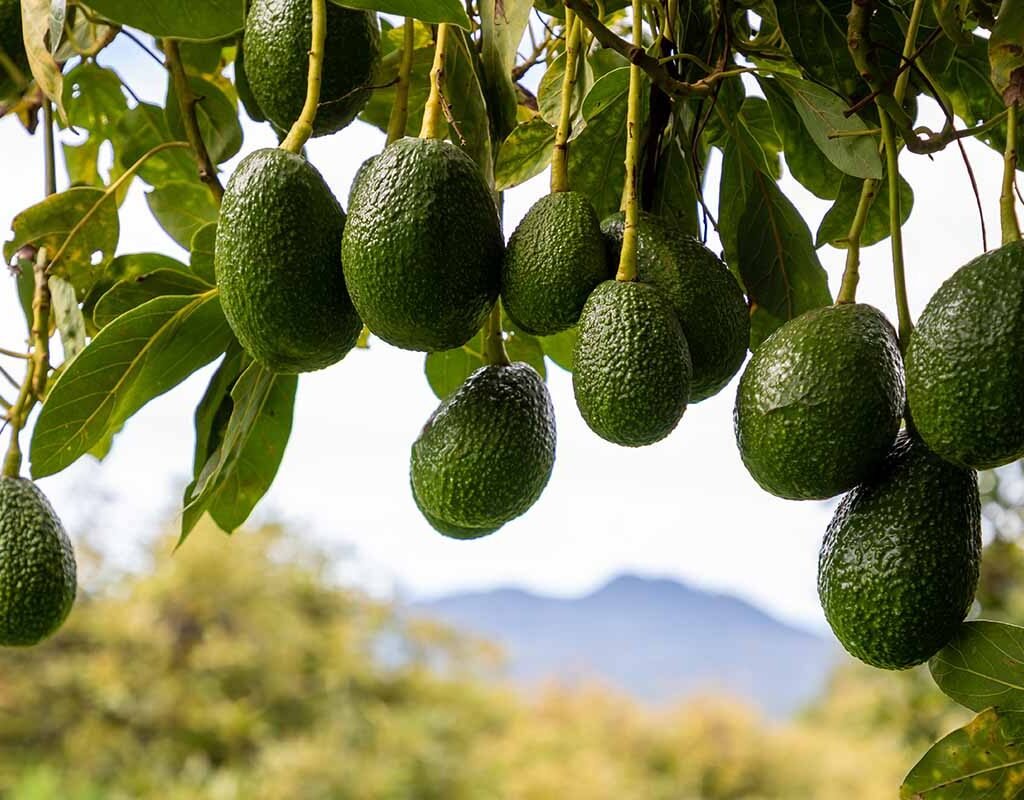
Avocado trees love sunshine. Whether you’re planting Fuerte or Aravaipa, location determines long-term success.
Sunlight Requirements
- Choose a full-sun location, with at least 6–8 hours of direct sunlight daily.
- Avoid shaded or windy areas — avocado trees prefer warmth and protection from harsh wind that can damage tender young branches.
Ideal Soil Conditions
- Avocados require well-draining soil. Heavy clay or compacted soil leads to root rot — their number-one enemy.
- For in-ground planting, mix compost, sand, and perlite to improve drainage.
- If you’re growing in containers, choose a loose, airy mix — a blend of cactus soil, coco coir, and compost works beautifully.
Pro Tip: Create a slight mound (6–12 inches high) when planting in the ground. This improves drainage and prevents the crown from sitting in wet soil.
The Aravaipa avocado is particularly tolerant of poor soil and high heat, but both varieties thrive best when their roots can breathe and drain freely.
Tip #2: Water Wisely — Keep Roots Moist, Not Soaked
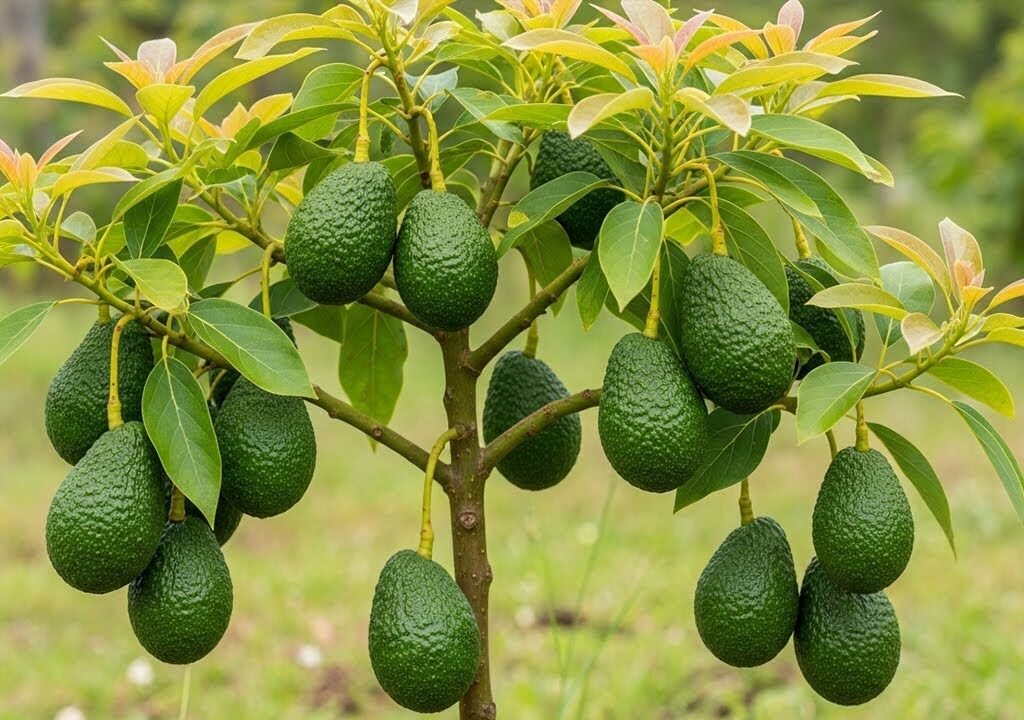
It’s tempting to water avocado trees frequently, but overwatering is a common mistake that weakens roots and leads to fungal diseases.
Watering Guidelines
- Young trees (first year): Water 2–3 times per week. The top 2–3 inches of soil should stay moist but not soggy.
- Established trees: Deeply water once per week during the growing season. Let the soil dry slightly between waterings.
- Container trees: Check soil moisture more often — containers dry out faster.
To test moisture, stick your finger a few inches into the soil. If it feels dry, it’s time to water.
Mulching for Moisture Retention
Apply a 3–4 inch layer of organic mulch (wood chips, straw, or shredded leaves) around the base of the tree. Keep it 4–6 inches away from the trunk to avoid rot.
Mulch not only keeps the roots cool and moist but also improves soil health over time.
Bonus Tip: Aravaipa trees handle heat better, but both varieties appreciate deep watering before and after hot spells.
Tip #3: Feed for Strength — Balanced Nutrition Matters
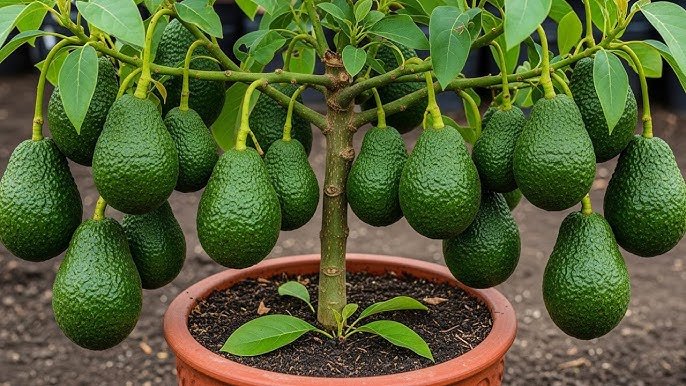
Avocados are heavy feeders that need the right nutrients to develop strong roots, lush foliage, and abundant fruit.
Best Fertilizer for Avocados
Use a slow-release, balanced fertilizer with nitrogen, phosphorus, potassium, and trace minerals like zinc, magnesium, and iron.
- Young trees (under 3 years): Feed every 6–8 weeks in spring and summer.
- Mature trees: Feed three times a year — early spring, midsummer, and late summer.
Avoid fertilizers high in salts or urea — they can burn delicate roots. Organic options like compost tea, fish emulsion, and worm castings are excellent for building soil health naturally.
Leaf Health Indicators
- Yellow leaves: May indicate nitrogen or iron deficiency.
- Burned edges: Could signal salt buildup or overfertilization.
- Pale new growth: Add a micronutrient supplement with zinc and magnesium.
Pro Tip: For potted trees, flush soil every few months with plain water to wash away salts.
Tip #4: Prune and Shape for Strength and Sunlight
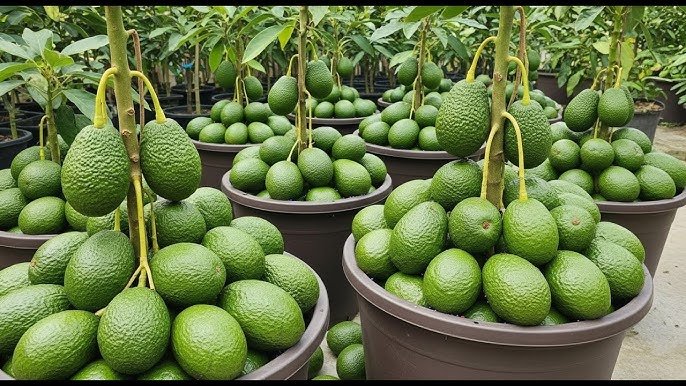
Pruning isn’t just for aesthetics — it’s essential for creating a strong structure and healthy airflow in avocado trees.
Why Prune?
- Encourages sturdy branches that can support heavy fruit.
- Allows sunlight to reach inner growth, improving fruiting potential.
- Reduces disease risk by improving air circulation.
When and How to Prune
- First 2 years: Focus on shaping the tree. Pinch off the top after 2–3 feet of growth to encourage branching.
- Established trees: Lightly prune in early spring before new growth begins. Remove dead, crossing, or overcrowded branches.
- Avoid heavy pruning — avocado trees don’t respond well to severe cuts.
Fuerte trees tend to grow tall and open, while Aravaipa trees develop denser canopies. Gentle shaping helps both varieties produce better yields.
Tip: Use clean, sharp tools to prevent spreading diseases.
Tip #5: Protect and Pollinate — Boost Resilience and Fruit Set
Pollination for Abundance
Avocado trees have unique flowering behavior. Their flowers open as female one day and male the next. Fuerte (Type B) and Aravaipa (Type A) complement each other perfectly, so planting both ensures excellent cross-pollination.
To attract pollinators:
- Plant bee-friendly flowers like lavender, marigold, or borage nearby.
- Avoid pesticide sprays during bloom.
- Provide a shallow water dish for bees in dry climates.
Protection from Climate Extremes
- Frost: Young avocado trees are frost-sensitive. Cover them with frost blankets or bring containers indoors if temperatures drop below 30°F (-1°C).
- Heat: During heatwaves, use shade cloth and water deeply in the early morning.
- Wind: Stake young trees and shield them from strong gusts until their trunks thicken.
Pest and Disease Prevention
Common issues include:
- Root rot (Phytophthora): Prevent with good drainage and by avoiding overwatering.
- Spider mites & thrips: Wash leaves occasionally with a gentle spray of water or apply neem oil.
- Sunburn: Protect exposed bark by painting it with a diluted white latex paint (50/50 paint and water).
Healthy trees are naturally more resistant, so focus on balanced care rather than frequent chemical treatments.
Bonus: Container Growing Tips for Fuerte and Aravaipa
If you live in a cooler climate or have limited yard space, don’t worry — both Fuerte and Aravaipa avocados can thrive in large pots.
- Container size: Start with at least a 20–25 gallon pot with drainage holes.
- Soil: Use a mix of cactus soil, perlite, and compost.
- Watering: Check moisture frequently; containers dry faster than ground soil.
- Pruning: Keep trees under 8–10 feet by trimming lightly each year.
- Winter care: Move pots to a greenhouse or sunny indoor area when temperatures drop below freezing.
Aravaipa’s hardiness makes it one of the best varieties for container growers in hot or cold regions.
Common Mistakes to Avoid
- Overwatering: The number one cause of death in avocado trees. Always let soil drain well.
- Planting too deep: Keep the root crown slightly above soil level.
- Ignoring pollination: Single trees can fruit, but pairing with a complementary type boosts yield.
- Over-fertilizing: More is not better — it can burn roots and damage foliage.
- Skipping pruning: Unpruned trees can become leggy and produce fewer fruits.
Avoiding these mistakes will make the difference between a struggling tree and a strong, productive one.
Final Thoughts
Growing strong, healthy avocado trees like Fuerte and Aravaipa doesn’t have to be complicated. With the right combination of sunlight, well-drained soil, proper watering, balanced feeding, and thoughtful pruning, your trees will reward you with lush green foliage and a bounty of creamy, delicious fruit.
Remember, patience is key — avocado trees often take 3–5 years to bear fruit, but once they start, you’ll enjoy harvests for decades.
Whether you’re nurturing a hardy Aravaipa in the desert heat or a classic Fuerte in a coastal garden, these five easy tips will help you grow the kind of strong, resilient avocado trees that every gardener dreams of.
So grab your shovel, pick your favorite variety, and get started today — because the sooner you plant your avocado tree, the sooner you’ll be enjoying homegrown guacamole straight from your garden!
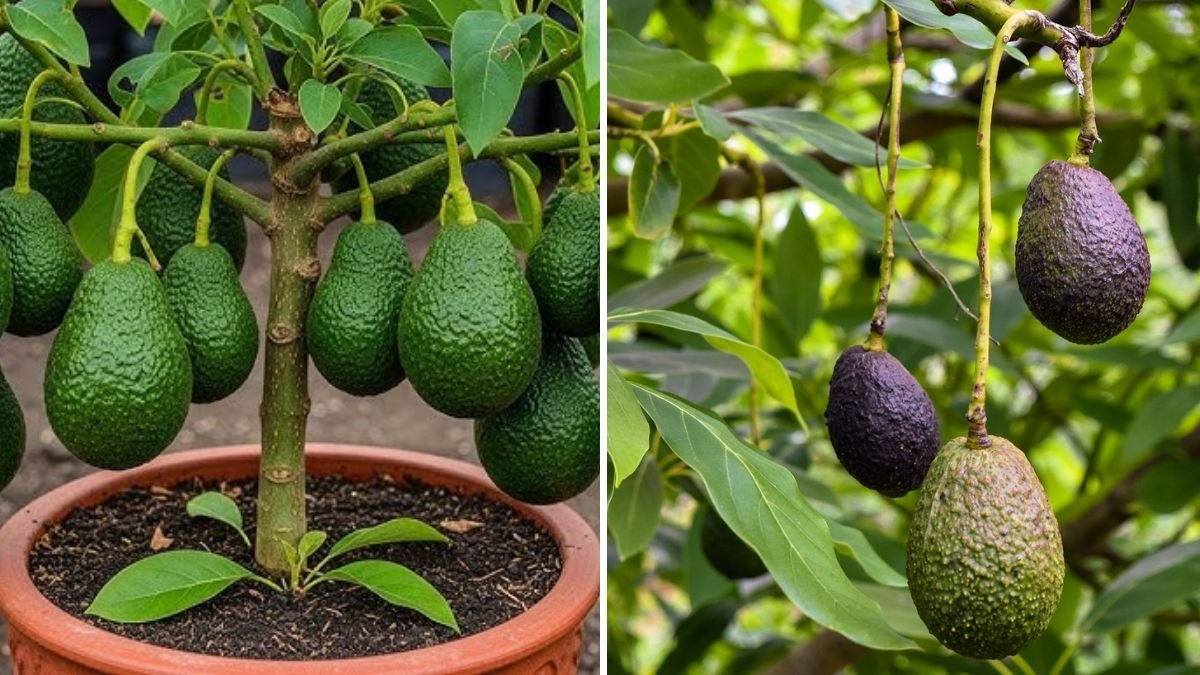
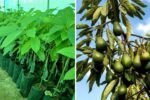
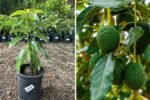
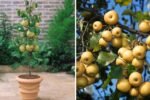
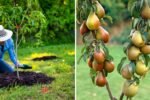
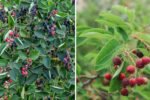
Leave A Comment